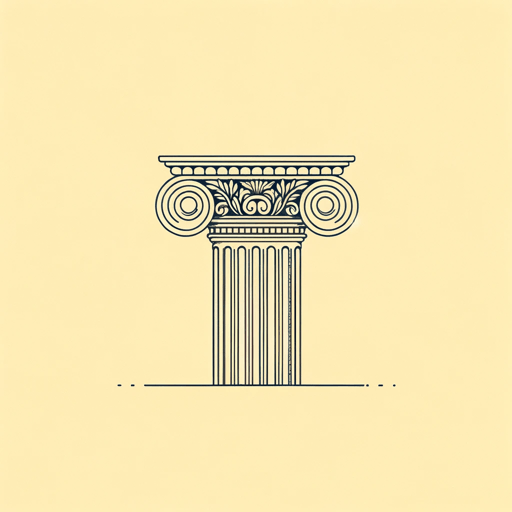42 pages • 1 hour read
John RuskinThe Stones of Venice
Nonfiction | Book | AdultA modern alternative to SparkNotes and CliffsNotes, SuperSummary offers high-quality Study Guides with detailed chapter summaries and analysis of major themes, characters, and more.
Book 2, Part 3Chapter Summaries & Analyses
Book 2, Part 3: “The Renaissance Period”
Book 2, Part 3, Chapter 6 Summary: “Early Renaissance”
Ruskin begins by establishing that there was a general architectural and artistic excellence in the cities of Europe in the High Middle Ages, and that Venice was not unique in having great buildings, sculptures, and paintings. He then draws a contrast between this style of architecture and that seen in modern London, explaining that the difference is that modern architecture mostly imitates the Renaissance style.
Ruskin proposes to investigate the nature of Renaissance architecture and begins by explaining that it has three principal periods tracing a general rise and decline; these periods correspond with Chapters 5, 6, and 7. Ruskin implies that he considers Renaissance architecture inferior to what came before and that its influence on subsequent architecture has been mostly negative.
The Early Renaissance style evolved out of a late and “degraded” form of the preceding Gothic style. Its ruling ethos was that all art should represent a “universal perfection” of technique. This was unfortunate, in Ruskin’s view, for a number of reasons. First, artists tended to seek technical skill for its own sake, neglecting depth of feeling and individuality. Second, perfection as such is not achievable in architecture as it might be in sculpture and painting, and the demand for perfection drains builders’ physical and mental energy; as a result, Renaissance architecture as a whole was not able to achieve the greatness of previous styles.

